MG seems to like click bait titles for his YT videos. I try to ignore the titles so I can enjoy the content :)
paulhammond5155
Hopefully we'll see more funding on Earth to research on similar coatings that occur here on Earth
And all the low-lying terrain in this image was under water…
See post (just posted) for the estimated extent of the Paleo Lake : https://lemmy.world/post/19643561
Is that tire patterns in the top left corner?
They are small ripples in the soft sand between rocks, if you look in the NavCam images of the workspace on sol 1254 you can see many more examples.
These ripples are formed by the wind (aeolian process).
I personally don't care about long winded posts, I think you'll find those that are seeking a deeper understanding will not care either. There will always be those who will want a TLDR post, but you can leave that to others to condense :)
Look forward to your posts (whenever you have time) :)
point-to-point 1419.73 meters (using the coordinates), but a tad further as the rover is climbing the rim now.
The rover is now 101.06 meters higher than the rover and that adds 0.27 meters to the point to point distance which is 1420.0 meters :)
The point-to-point distance between the helicopter and the rover at the locations shown on this image is 1419.7 meters (4657.7 feet)
The crater rim rises to a max of 590 meters from the floor of Neretva Vallis that carves through the rim. But the rover has options to cross the rim at a little less than that depending on conditions encountered on the traverse. It's a steep climb with sections around 23% slope angel.
Love it when knowledgeable folk join the chat :) It takes these posts to a whole new level :)
I'm not a geologist, but from what I understand the red colour is a good indicator of iron and oxygen at the time the sediments were laid down.
The current location is Serpentine Rapids in the upper right of the map (North is up)
The route (shown in blue) that the agency's Perseverance Mars rover is expected to take as it climbs up the western rim of Jezero Crater is superimposed on this image taken by the HiRISE camera aboard NASA's Mars Reconnaissance Orbiter.
At upper right is "Serpentine Rapids," the final geologic location of interest for the Perseverance science team before the rover begins its ascent. "Dox Castle" is a region the science team would like to explore during the rover's ascent. Two of the first regions the science team wants study at the top of the crater are "Pico Turquino" and "Witch Hazel Hill."
Imagery from NASA's Mars orbiters indicates that Pico Turquino contains ancient fractures that may have been caused by hydrothermal activity in the distant past. Orbital views of Witch Hazel show layered materials that likely date from a time when Mars had a very different climate than today. Those views have revealed light-toned bedrock similar to what was found at "Bright Angel," the area where Perseverance recently discovered and sampled the "Cheyava Falls" rock, which exhibits chemical signatures and structures that could possibly have been formed by life billions of years ago when the area contained running water.
The distance the rover will drive to get from Serpentine Rapids to the Aurora Park/Pico Turquino area is about 1.1 miles (1.8 kilometers); the change in elevation between the two locations is about 980 feet (300 meters). The distance covered to go from Aurora Park/Pico Turquino to Witch Hazel Hill is about 1.2 miles (2,000 meters) and the change in elevation is about 820 feet (250 meters).
Try zooming in and check out the fringing at the edges of many of those rocks. They are ventifacts, carved by the by wind blown sand over eons. Ventifacts are formed by aeolian processes, hence the title. ☺️
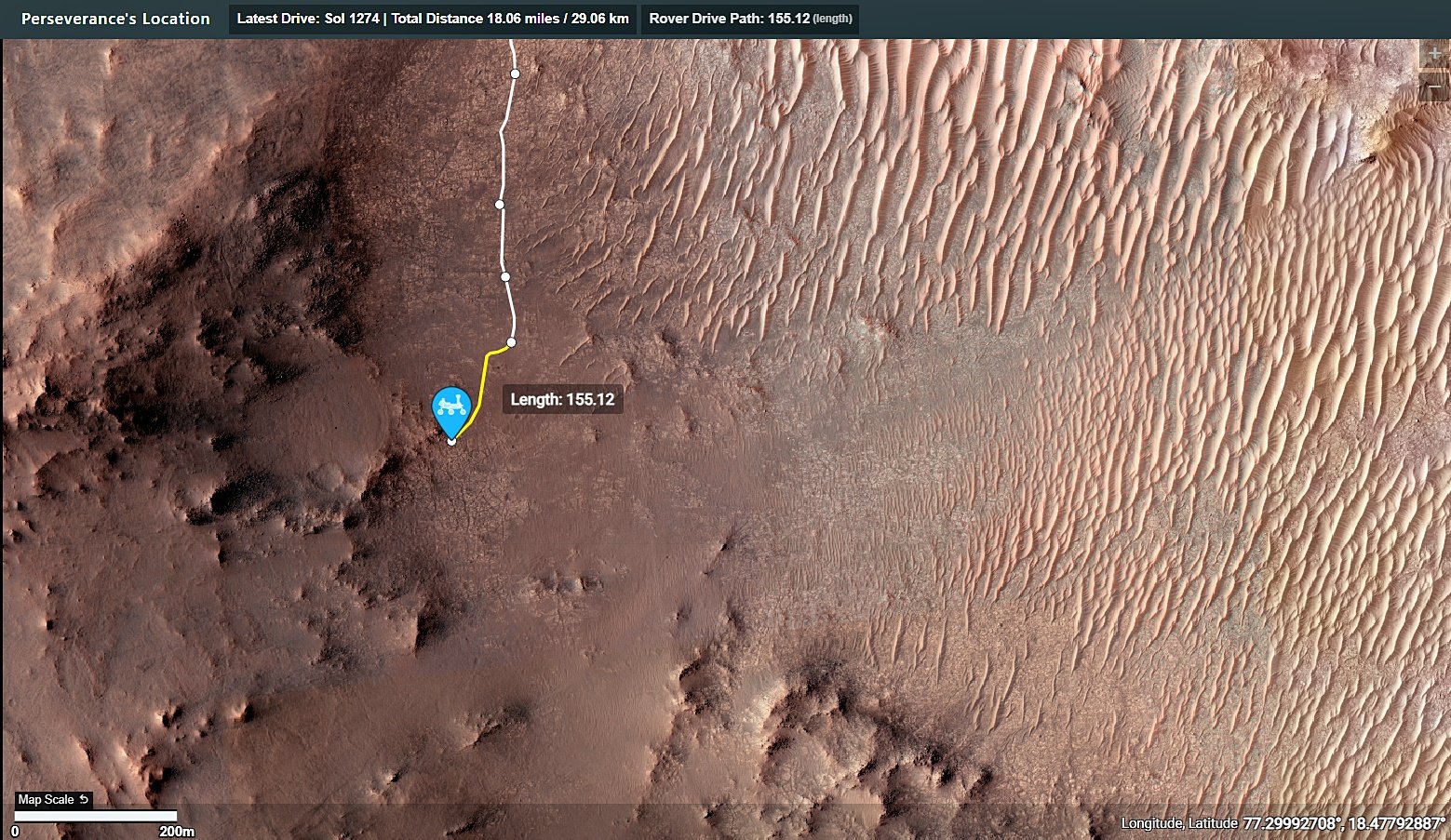
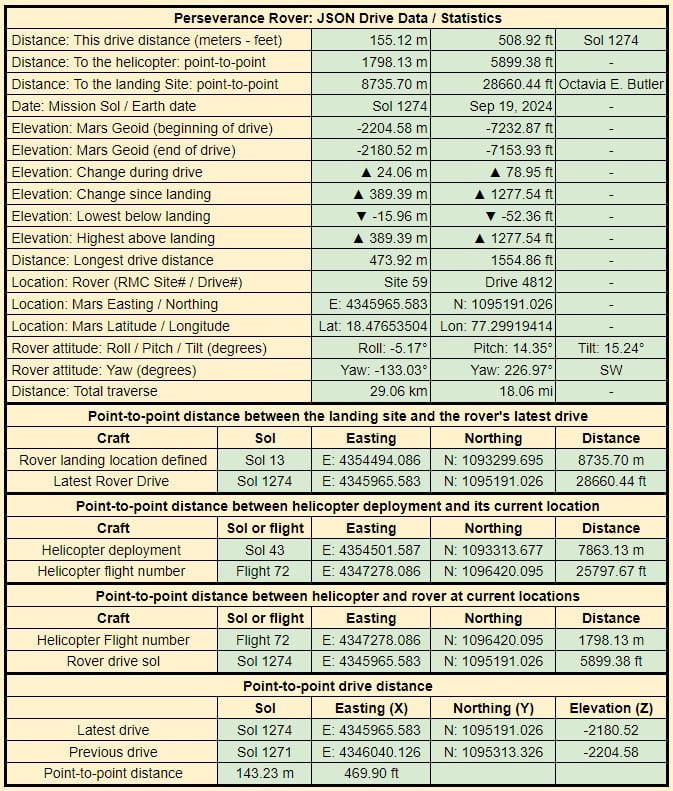


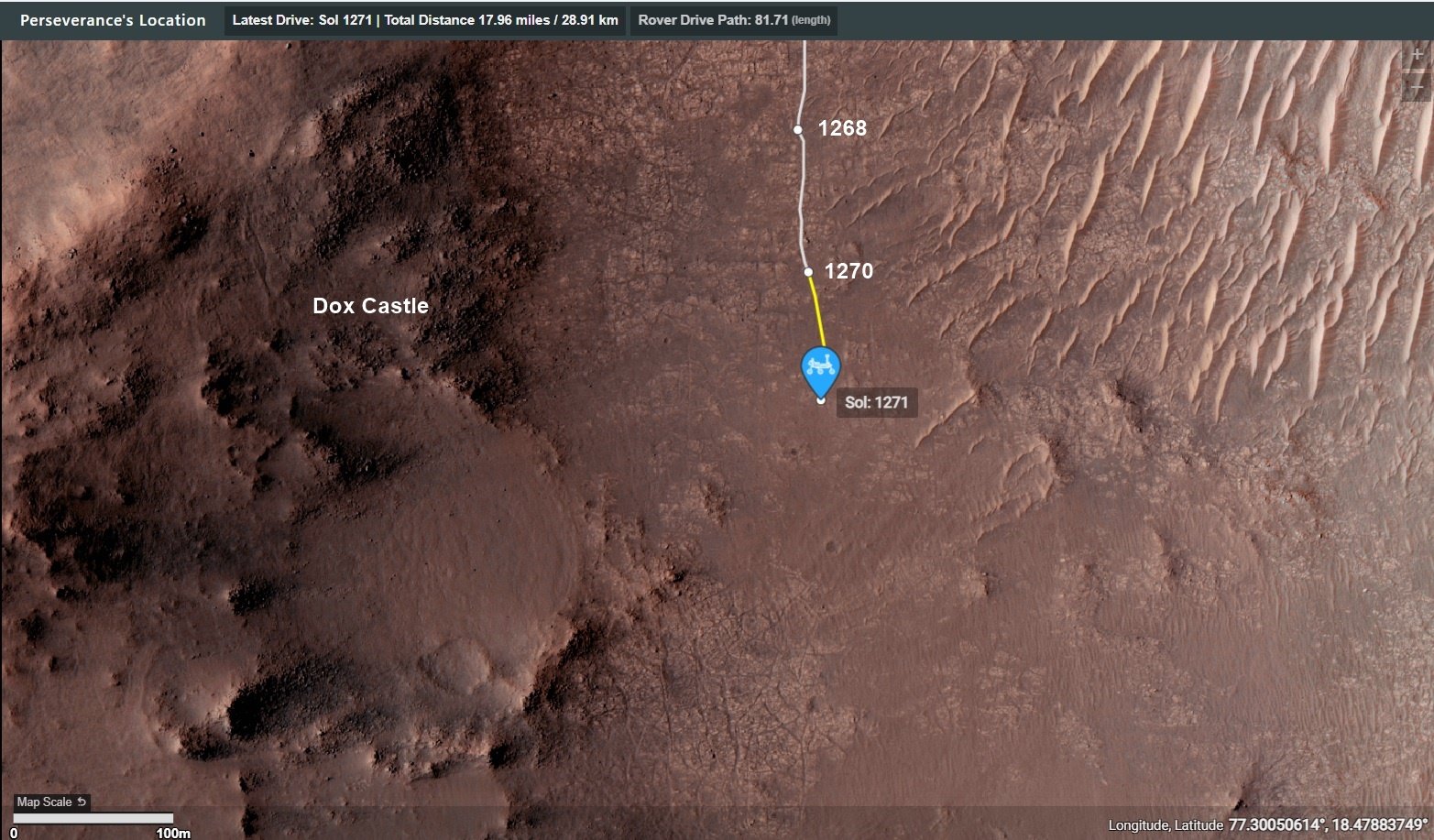
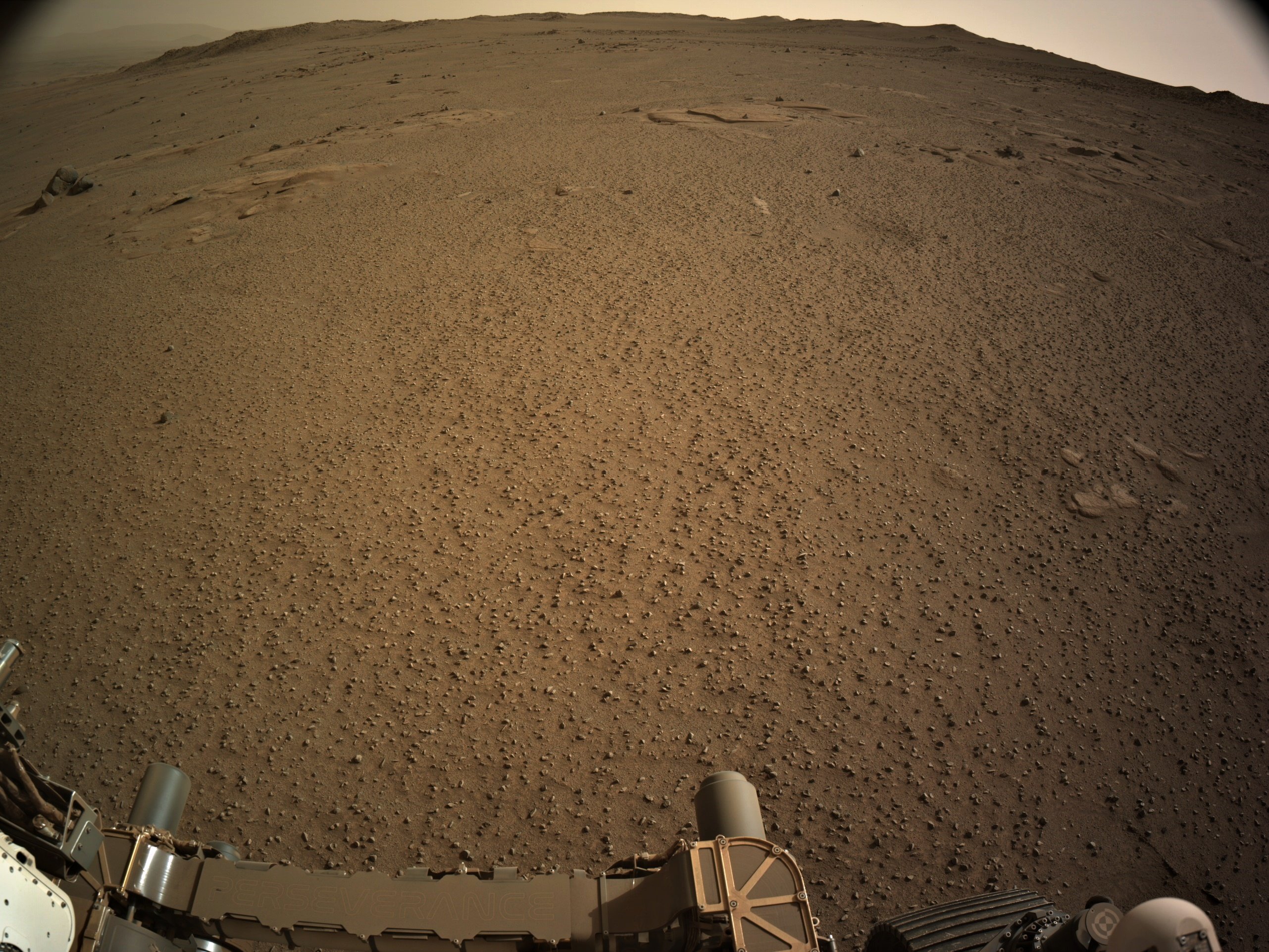
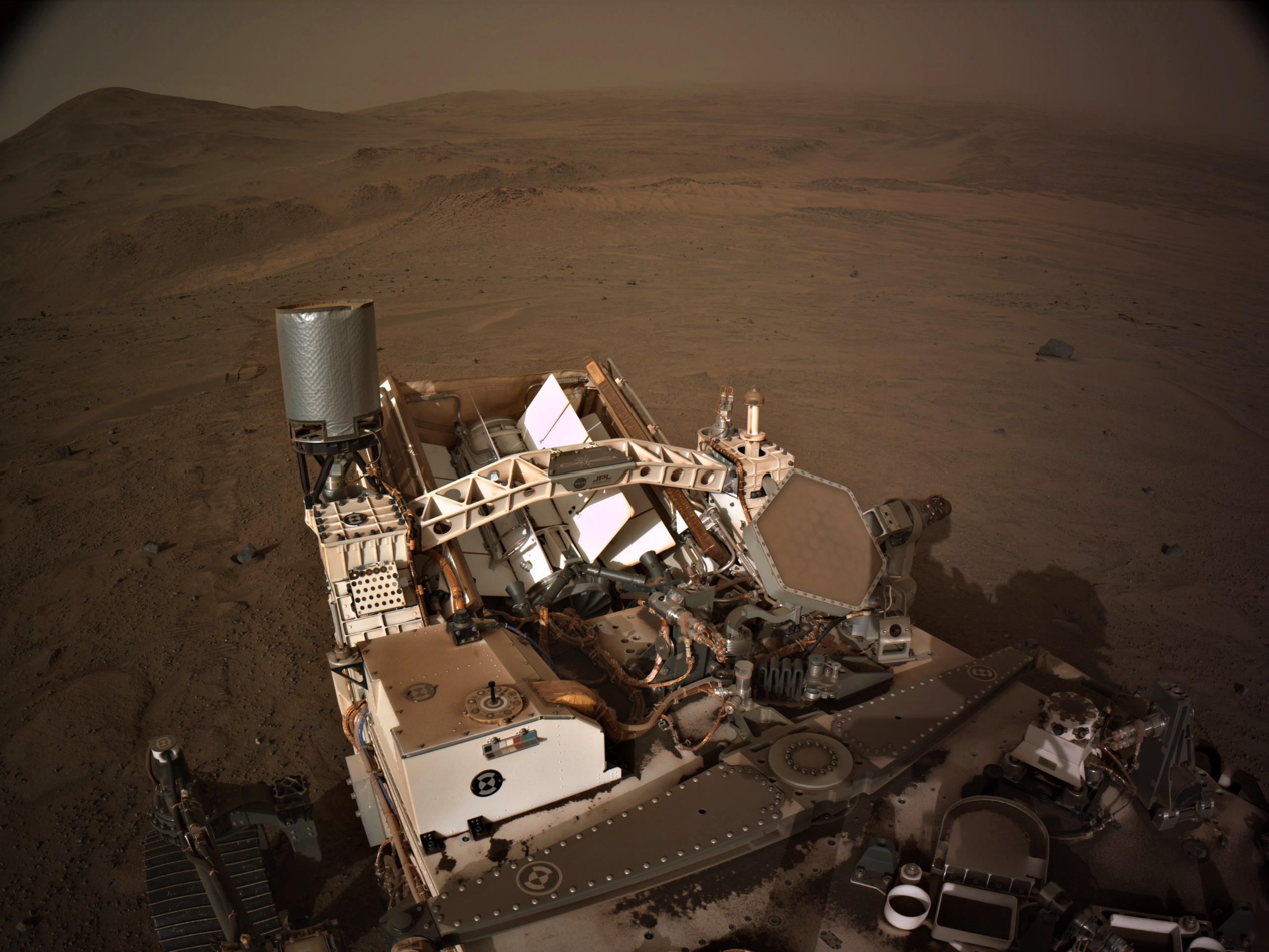
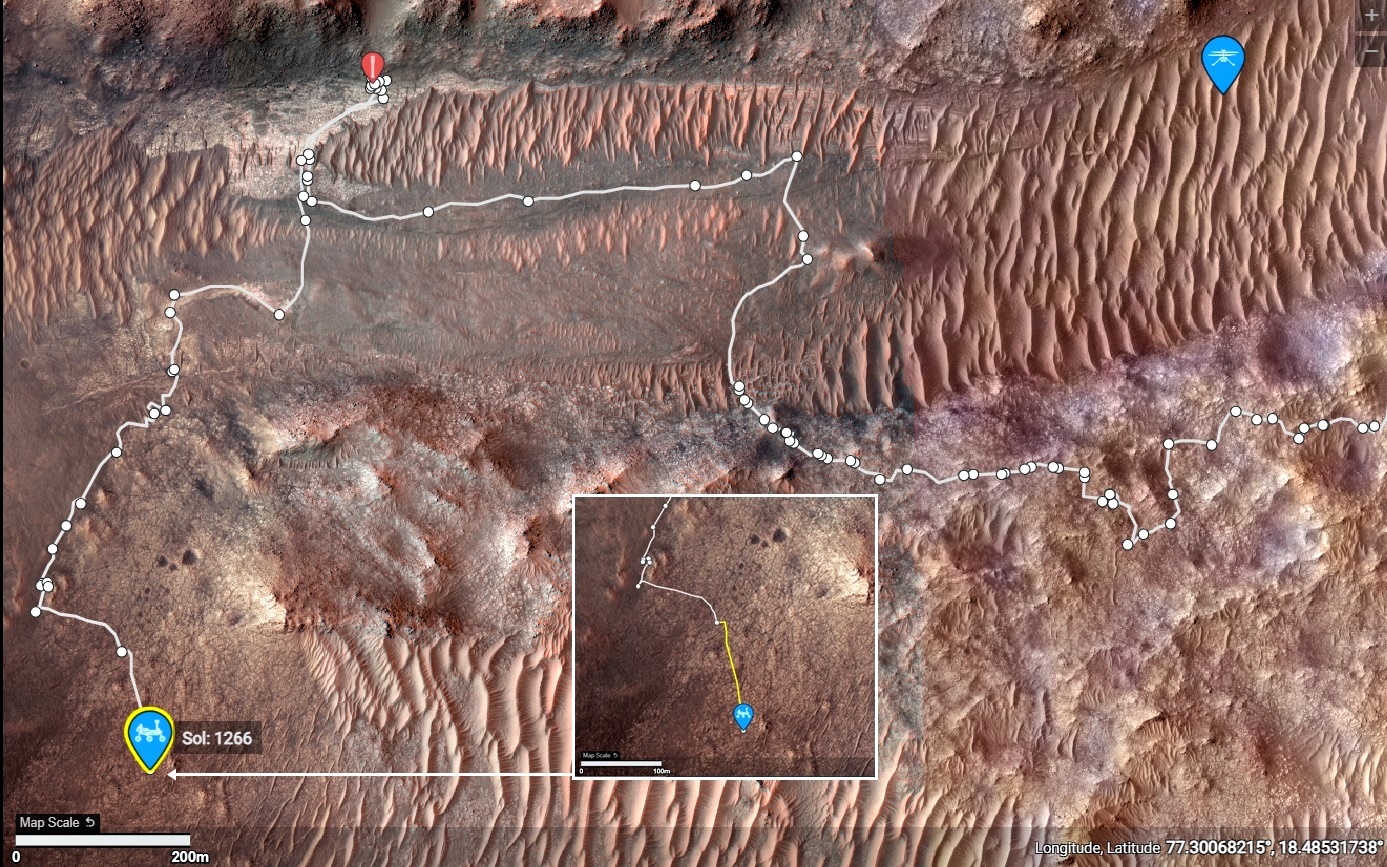

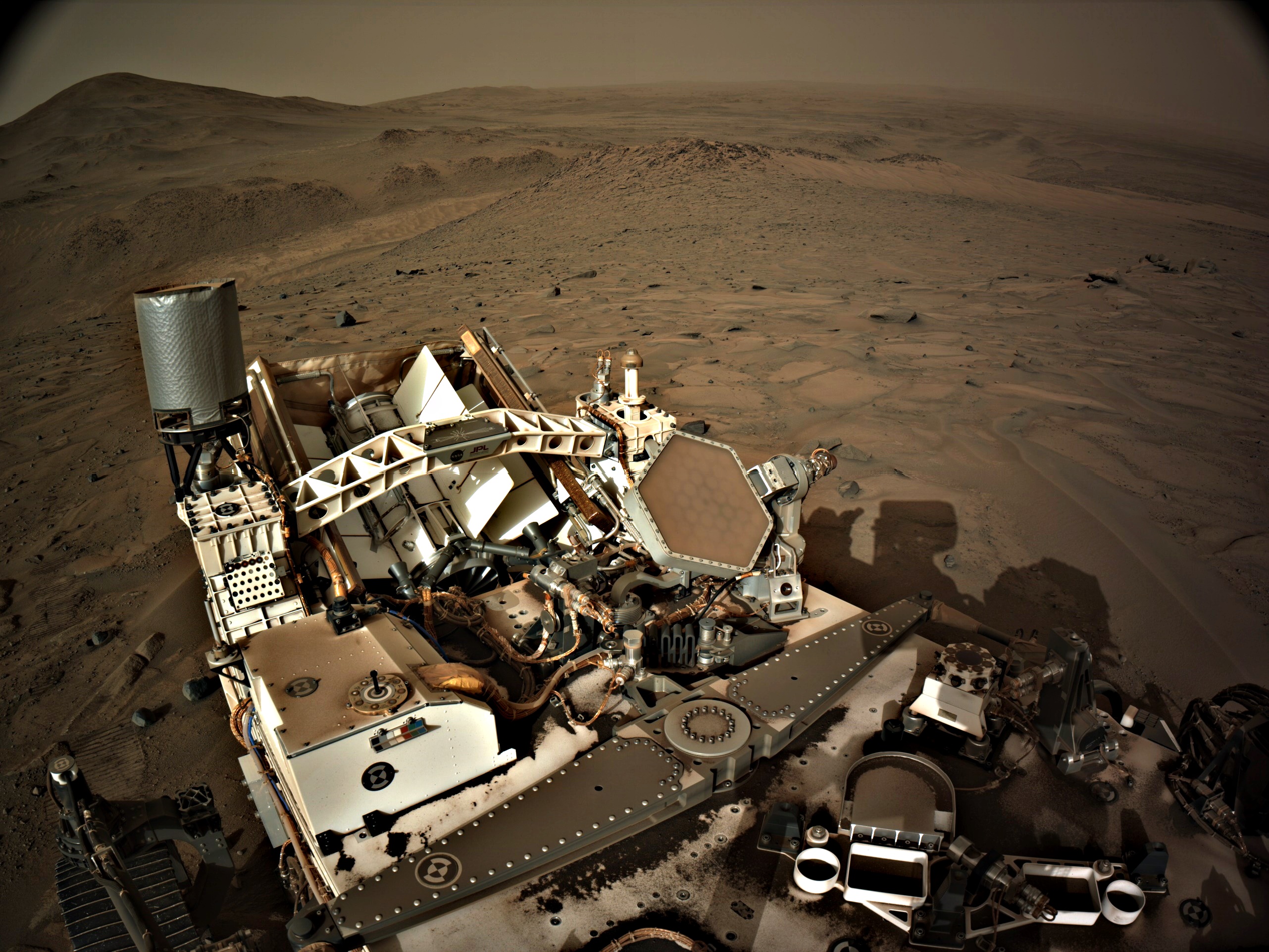
BattleBots on Mars :)